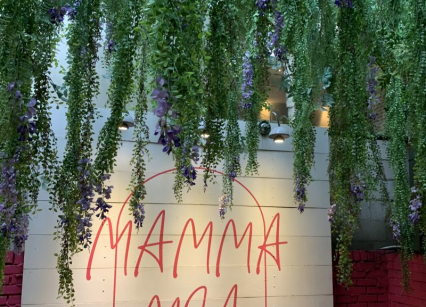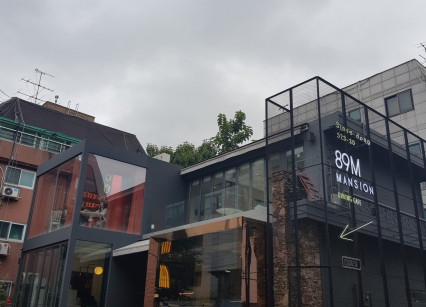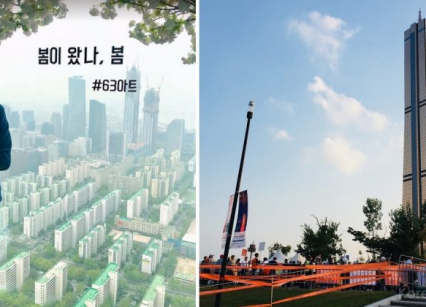On my last trip to Gwangju, I had a day to explore the city. So I had decided to look around the area near my guest house. The place I stayed in was near Yangmin-dong. Yangnim-dong village is a beautiful example of Korean architecture intricacy. The village has Korean traditional houses as well as western-style houses boasting the Korean fine architecture. This village is also called as Jerusalem of Gwangju.


The village is also home of many pretty cafes around the area.If you happened to be one of persons who is impressed by Korean café culture I recommend you to take a look around in that area.

Since I love exploring cafes, the place was like a heaven for me. There were so many cafes in that area. Each café having a unique interior making it outstanding from the cafes. I wanted to visit each café but given the lack of time and money, I could not go to all the cafes in the area. I have visited a few cafes and have put some of the cafés in my bucket list to visit in the near future.



SAJIK PARK AND OBSERVATORY
In the south-eastern Yangnim-dong Sajik Observatory is situated in Sajik Park. The observatory tower was put in 2014. From Sajik observatory I could see the skyline of Gwangju. You can reach the observatory deck by taking the elevator there. You don’t have to worry about climbing the tower. Also there is no entry fee to go up to the observatory.

The park is a nice place to have a walk. Especially if you are looking for something quiet I suggest you visit Sajik Park.

After roaming around in the area and visiting some cafes I had decided to move towards Penguin Village. The Penguin village is situated within walking distance from the Yangmin dong cultural village.
How to reach
- There is no subway stop nearby. So you need to take a bus to get to the park.
Address
- 108-10, Yangmin-dong, Nam-gu, Gwangju
- 광주 남구 양민동 108-10
PENGUIN VILLAGE
Penguin village derives its name from the imagery of the elderly who walk like a penguin because of knee pain. The village takes one to Korea of the 70s and 80s. The residents of the village made the place into exhibit after collecting their stuff from the 70s and 80s.


Once a burnt town, now the village thrives with pretty vintage things attracting lots of tourists. It has a collection of old watches and clocks, cameras, radios, CDs and many more stuff form that period. If someone has an interest in vintage stuff and would like to see how Korea was in its 70s and 80s it is a nice place to stop by. On a plus side there is no entry fee.

I love vintage stuff so I really loved the place. Also, I could meet the Ahjussi after whom the village name was kept. The penguin Ahjussi explained to me why the village was named Penguin village and some other things. Unfortunately, with my level of Korean understanding, I could only understand half of it, still, it was nice to talk to him. If I get a chance to go to Gwangju, I will visit the village again.

How to reach
- There is no subway stop nearby. So you need to take a bus to get to the park.
Address
- 7, Cheonbyeonjwa-ro 446 beon-gil, Nam-gu, Gwangju
- 광주 남구 446번길 청변좌 7







